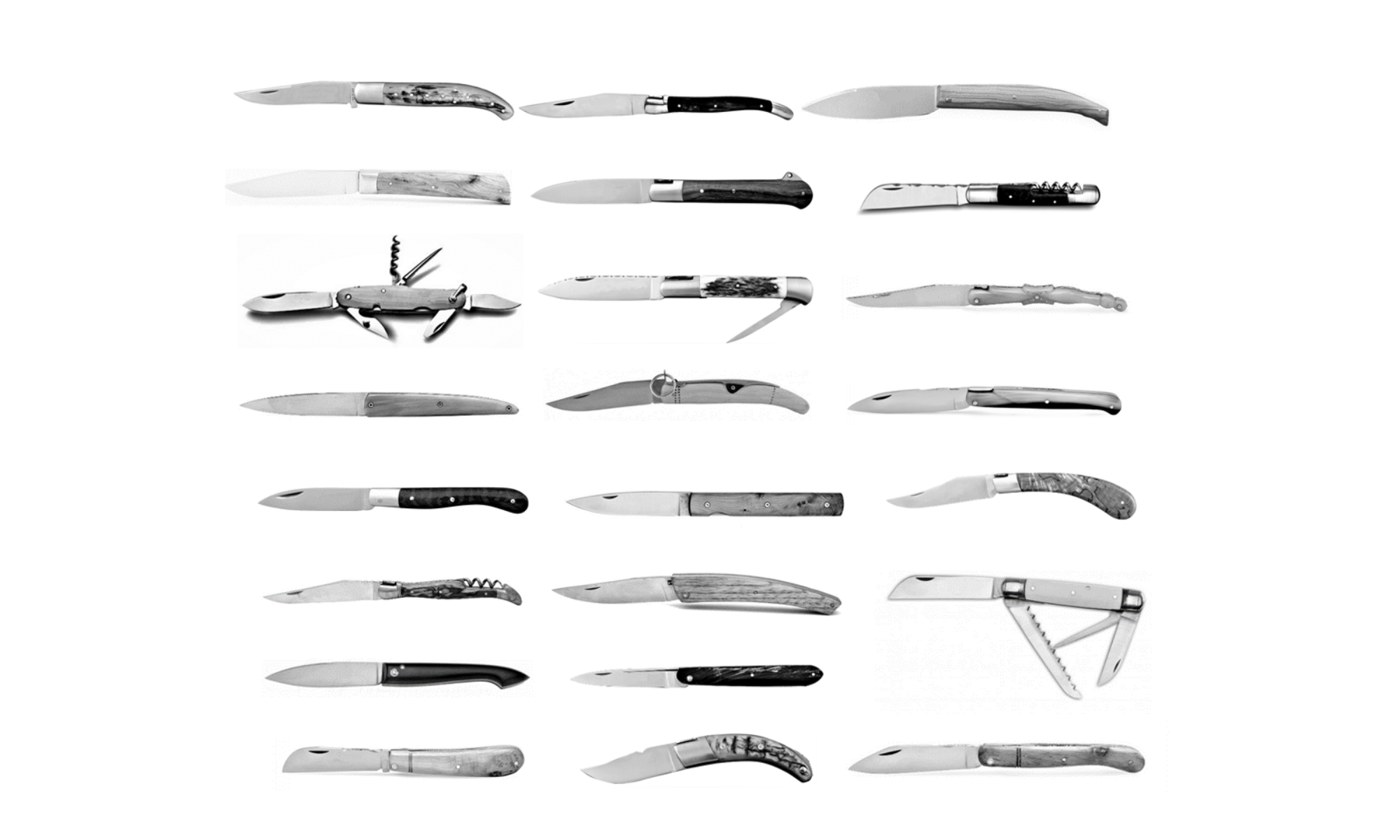
Soanen Mondanel was a big name in knife making in Thiers, the French capital, if not European, of knife making. It was famous in the 18th and 19th century for its brass handled motif knives representing artists or political figures
One of those knives was embossed with Napoleon, standing with, as usual, his hand in his waistcoat, with his seal and the French Imperial eagle, probably to celebrate his coronation as emperor in 1804.



After Napoleon was deposed and exiled to Saint Helena in 1815, the Bourbons were reinstated as royal family and Louis XVIII declared king. One of his acts to gain back control and erase Napoleon’s influence was to ban all the Napoleonic symbols.
Soanen Mondanel had to stop manufacturing their Napoleon knives but didn’t want to destroy the molds, maybe hoping that the emperor would be back. After all, he already came back from his first exile in Elba. The molds were buried next to the shop.
But Saint-Helena was probably remote enough and Napoleon never came back, the molds were forgotten.


In 1902, Antoine Cognet purchased the manufacture and gave it his name.
Today it is Pierre Cognet, his grand-son, who is running the factory. In 2005 the factory underwent renovations and the molds were discovered. After restoration, the molds were ready for a knife re-edition.

It is where enters a second knife maker, Couperier-Coursolle, who is still today the specialist of the brass handles and figurative knives.

The knife is an alliance of those two manufacturers, Couperier-Coursolle making the handle and Cognet the XC75 carbon steel blade.



To symbolize this collaboration, the blade is marked with the two emblems, Cognet’s hare and Coursolle’s adjustable wrench.



Last reference to the past, the production was limited to 1815 pieces, in reference to the year when Napoleon was, for the second time and definitely, deposed, and all his symbols banned.




